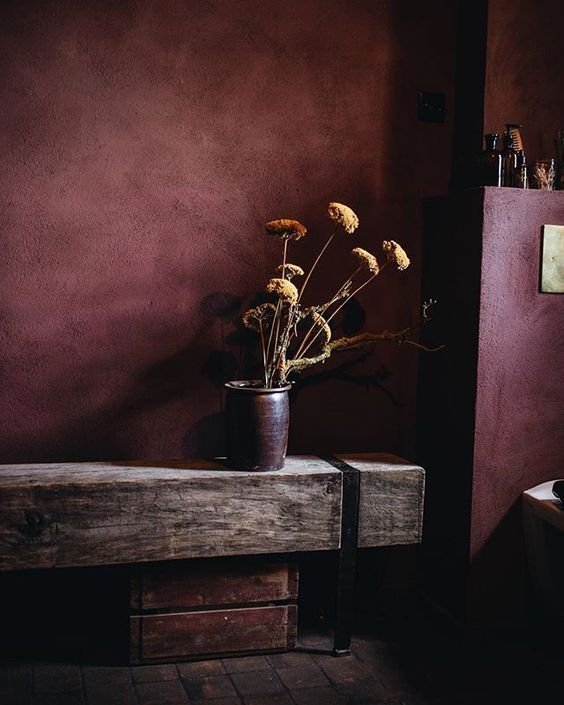2023 Trends: Interior Limewashing What Is It and How to Apply It
Limewash is a classic wall finish that’s been around since the ancient Romans invented it. It’s seeing a big revival at the moment, with a chalky, textural finish that can add depth to both traditional and modern interiors. If you’re tempted to add a touch of Italian classicism to your interiors with limewash paint, here’s everything you need to know.
Photo via bauwerk.com.au
Limewash paint is made from crushed limestone that is burned and mixed with water to form a paste. Traditionally, it has a white chalky finish that we’re used to seeing in classical architecture. Today, many paint producers are mixing limewash with pigments to create a range of colorful limewash paints. The suede-like texture of limewash combines beautifully with earthy or pastel hues, and the resulting finish can add some serious depth to an interior space.
You can also use limewash on your exterior walls – here’s how it works!
Photo via velvetsedge.com
Limewash differs from classic paints in that it actually soaks into the surface you’re applying it to, unifying and protecting the surface for a very durable finish. It’s best used on naturally-porous surfaces like brick, stone, and plaster, but you can also apply it to normal drywall provided you have a good, mineral-based primer.
Need some inspiration for your blank walls? Here are 5 ideas for you!
Photo via Instagram @portolapaints
Limewash has an enduring and wide-ranging appeal, not only for its durability but also for its sustainability. Limewash is an eco-friendly material that’s non-toxic, solvent-free, and antimicrobial. This makes it one of the most earth-friendly materials you can use for your walls.
Photo via sunset.com
To apply limewash paint indoors:
Prep your surface by cleaning away any dirt or mold.
Moisten your surface with a spray until it is thoroughly damp, but not dripping (it’s best to work in sections to avoid your surface drying out before you apply the limewash).
Mix your limewash to avoid any lumps.
Using a flat masonry brush, gradually work the limewash paint into your surface in a thin layer.
Allow to dry for 24 hours before re-wetting the wall and applying the next coat, and repeat until you have the finish you’re looking for.
Photo via food52.com
Limewash has a wide range of potential uses. Whether it’s a modern farmhouse, Mediterranean, or a classic country home, limewash can be used to add depth and character to a room. You can’t go wrong with a neutral stone-colored limewash for a modern Scandi or Japandi home. We also love a rich, deep hue like navy or dark violet in a bold and modern interior. Experiment with what works for you, or contact us at State and Season for some expert design advice!





